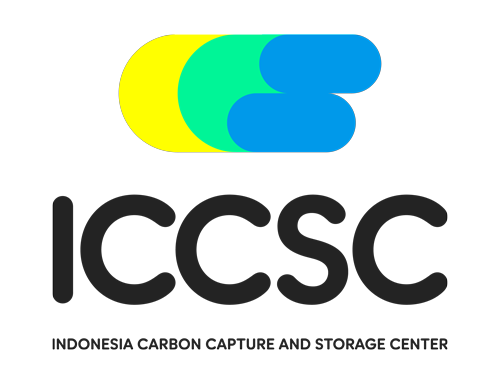As part of a broader climate strategy, Carbon Capture and Storage (CCS) offers an innovative approach to capturing emissions at their source and mitigating their impact on the environment. It works by capturing carbon dioxide (CO₂) emissions from major sources such as power plants, industrial facilities, or even directly from the atmosphere, then storing the CO₂ deep underground to keep it out of the atmosphere.
In a world where CO₂ emissions are a major driver of global warming, CCS is seen as a crucial part of the toolkit for countries aiming to reach net-zero emissions, including Indonesia. According to the International Energy Agency (IEA), CCS could contribute to 14% of the cumulative emissions reductions needed by 2050 under the Sustainable Development Scenario.
How Does CCS Work?
Carbon Capture and Storage involves three primary stages:
1. Capture
This initial phase focuses on separating CO₂ from other gases produced during industrial processes or energy generation. The separation process typically involves techniques such as chemical absorption, physical adsorption, or membrane filtration to isolate CO₂ from gases like nitrogen, oxygen, water vapor, and sulfur compounds.
There are three main methods used in capture technologies:
- Post-combustion capture: CO₂ is removed from flue gases after burning fuel, using chemical solvents like amines.
- Pre-combustion capture: Fuel is processed before burning, producing a mix of hydrogen and CO₂. The CO₂ is captured before combustion.
- Oxy-fuel combustion: Fuel is burned in pure oxygen, producing a CO₂-rich exhaust that’s easier to capture.
2. Transport
Once the CO₂ is captured, it needs to be transported to a secure storage site. This usually involves compressing the CO₂ into a dense fluid so it can move more efficiently.
Transport methods include:
- Pipelines – the most common and efficient method, especially for long distances.
- Ships – useful when moving CO₂ between islands or across seas.
- Trucks or trains – typically used for short-distance or pilot-scale projects.
Just like how oil and gas are distributed, CO₂ transport networks are a key part of enabling wide-scale CCS deployment.
3. Storage
In the final step, the CO₂ is injected deep underground, typically more than 800 meters below the Earth’s surface into natural geological formations.
Common storage sites include:
- Depleted oil and gas fields: Geological formations that previously held oil and natural gas for millions of years, demonstrating their capacity to securely contain fluids over long periods.
- Saline aquifers: Deep, porous rock formations saturated with highly saline (salty) water, which are well-suited for CO₂ storage due to their widespread availability and volume.
- Unmineable coal seams: Deep coal layers that are too difficult or costly to mine. CO₂ can be injected into these seams and adsorbed onto the coal surface, potentially displacing methane that can then be recovered and used.
These underground formations are covered by layers of impermeable rock, acting like natural seals that keep the CO₂ trapped for thousands of years.
Once safely stored, the CO₂ no longer contributes to atmospheric emissions. That’s how CCS plays a critical role in decarbonizing industries and supporting long-term environmental sustainability for future generations.
CCS in Indonesia: A Step Toward a Green Economy
Indonesia has committed to reaching net-zero emissions by 2060. CCS is one of the priority technologies identified in the government’s roadmap to support a low-carbon future, especially in hard-to-abate sectors like cement, petrochemicals, and energy production.
As the country advances pilot projects and develops supporting regulations, CCS is increasingly recognized as a strategic complement to renewable energy. Its successful implementation could accelerate the shift toward a low-carbon economy, ensuring energy security while supporting long-term environmental goals.

